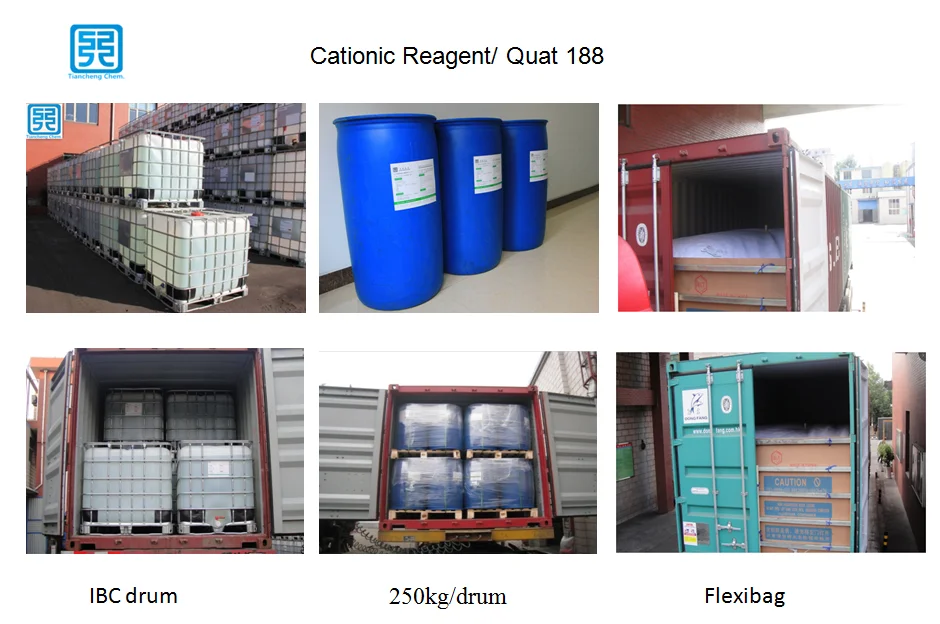A research team from Jilin University in China has made new progress in revealing the two-dimensional semiconductor material photophysical mechanism and has found new ways to improve the photoelectric conversion efficiency of solar cells. This achievement was recently published in the internationally renowned academic journal Natural Communication magazine.
In recent years, a two-dimensional semiconductor monolayer material that has a limit physical thickness similar to graphene and a direct bandgap energy band structure absent from graphene, a transition metal chalcogenide monolayer, exhibits a higher ratio of graphite. The rich photophysical properties of olefins have attracted widespread attention in the field of ultra-thin and flexible energy conversion and storage.
College of Electronic Science and Engineering, Jilin University, National Key Joint Lab for Integrated Optoelectronics Professor Sun Hongbo-Wang Haiyu teamed up with the National University of Singapore, Imperial College London and other institutions to discover this type of material represented by a single layer of molybdenum disulfide. High-energy hot carriers generate new ways and extraction efficiency, provide a theoretical explanation for deep understanding of the relevant two-dimensional device photophysical image and working mechanism, and also to improve the two-dimensional semiconductor materials in solar cells and other optoelectronic applications Energy conversion efficiency provides new insights.
It is understood that in photovoltaic applications represented by solar cells, photoelectric conversion efficiency is one of the most important indicators. In conventional photovoltaic devices made of bulk semiconductors, since photo-generated heat carriers relax extremely rapidly to the bottom of the band by emitting phonons, this process generates heat that cannot be used effectively, thus theoretically The maximum photoelectric conversion efficiency of the solar cell is limited to about 31%; if certain characteristics of the material can be utilized to sufficiently slow down the hot carrier cooling process, these hot carriers can be relaxed to the energy band bottom Extracted, it is theoretically possible to double the highest photovoltaic conversion efficiency of photovoltaic devices.
The above research was funded by the National Natural Science Foundation of China.
The water solution at room temperature is 69%, and can be converted into the structure of epoxidation immediately under alkaline condition.
Indicator:
|
Item |
Result |
|
Appreance |
Colorless liquid |
|
content% ≥ |
69 |
|
1,3-dichloropropanol ppm ≤ |
10 |
|
Epichlorohydrin ppm ≤ |
5 |
|
PH value |
4-7 |
|
Solubility |
Soluble in water and 2- alcohol |
Advantage:
The product appearance is transparent liquid, colorless and tasteless, the impurity content is low, is less than 10ppm.
Because the use of continuous production process, product quality is stability;
The product response rate is higher than 90%.
Application area
1) paper industry
Mainly as a liquid cationic etherifying agent, widely used in fiber, cellulose derivatives and starch modified; as paper internal application of adhesive, filler and fine fiber interception of additives.
(2) textile industry
Liquid cationic etherifying agent react whit cotton fiber, improve the dye binding; reacts with starch obtained cationic starch, as the sizing agent.
(3) water treatment industry
Suspended matters in water is negatively charged, react whit liquid cationic etherifying agent,produce cationic polymer as flocculants are widely used in water purification.
(4) chemical industry for daily use
The reaction of aqueous cationic etherifying agent create cationic guar gum are important chemicals.

3-Chloro-2-hydroxypropyltrimethyl Ammonium Chloride
3-Chloro-2-Hydroxypropyltrimethyl Ammonium Chloride,69% 3-Chloro-2-Hydroxypropyltrimethyl Ammonium Chloride,65% 3-Chloro-2-Hydroxypropyltrimethyl Ammonium Chloride
Shandong Tiancheng Chemical Co., Ltd. , https://www.akdchemical.nl